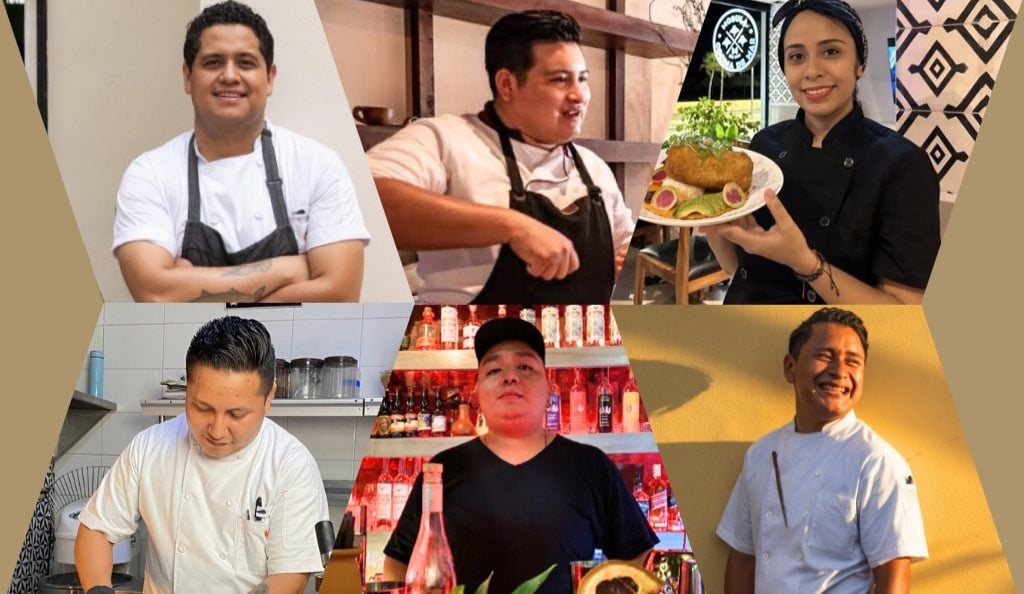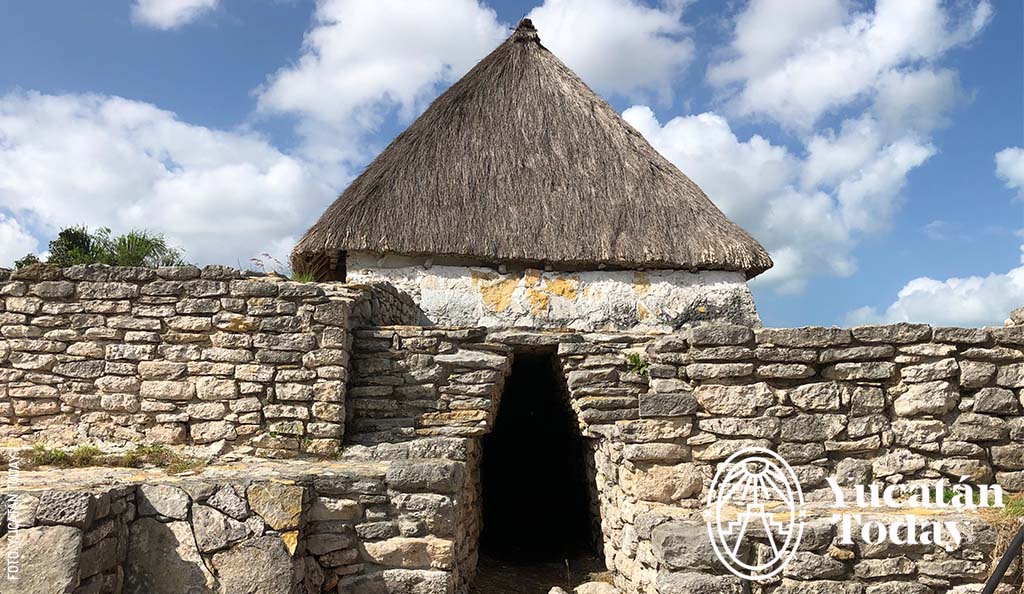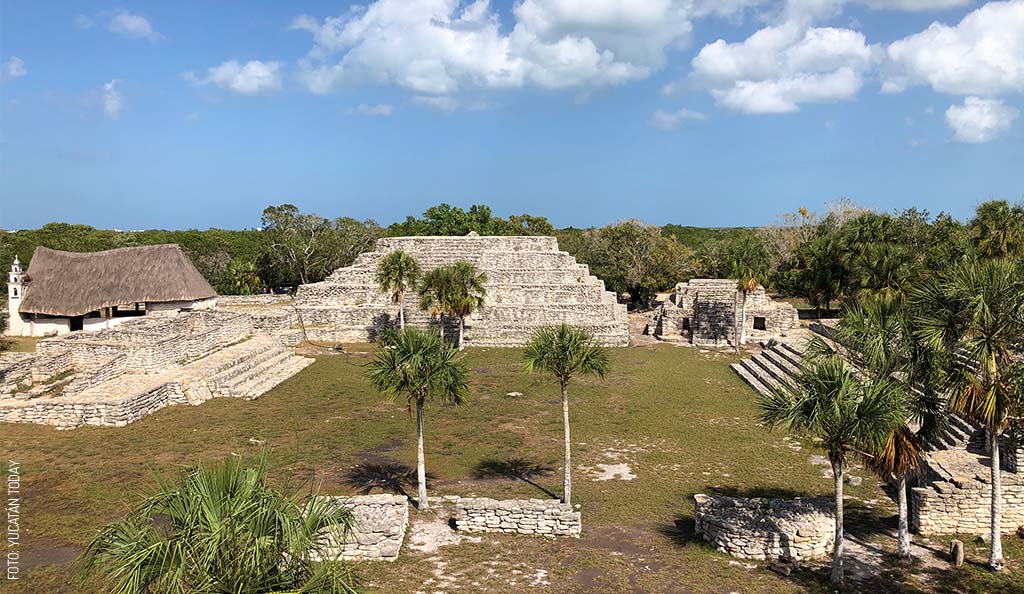
What We Know About the Maya Thanks to Xcambó
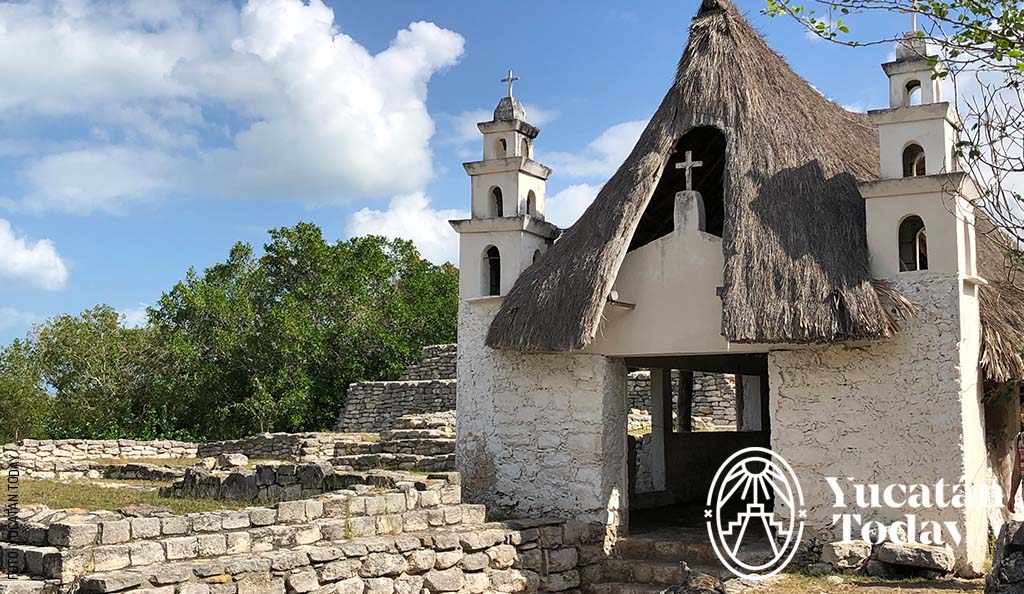 Xcambó is the only known archaeological site on the coast of the state of Yucatán. It is also considered one of the oldest, as it began to be inhabited in the Late Preclassic period (around the year zero of our calendar) and was inhabited until around 700 CE, when it began to decline, probably due to changes in trade routes. However, its fame was such that we now know that during the Postclassic period (starting in the 12th century and up until the Spanish conquest), pilgrims visited the site to deposit offerings.
Xcambó is the only known archaeological site on the coast of the state of Yucatán. It is also considered one of the oldest, as it began to be inhabited in the Late Preclassic period (around the year zero of our calendar) and was inhabited until around 700 CE, when it began to decline, probably due to changes in trade routes. However, its fame was such that we now know that during the Postclassic period (starting in the 12th century and up until the Spanish conquest), pilgrims visited the site to deposit offerings.
Although Xcambó is not as well known as other sites such as Chichen Itzá or Uxmal, archaeologists (especially Yucatecan archaeologist Dr. Thelma Sierra Sosa) have discovered many interesting things about the lives of the ancient Maya, and even about the environment in which they lived, thanks to excavations at this site.
What do we know about Xcambó?
Xcambó is a testament to the mastery the Maya had over their environment, as it was established by taking advantage of access to fresh water on an islet on the coast. We know that it went from being a small fishing village to an important commercial and salt port, which had contact with regions as far away as Veracruz, the Guatemalan Petén, and the Belize area. It came to control an extensive territory, as there are Sacbeob (ancient Maya paved roads) that connected it to nearby saltworks of Xtampú, Misnay, and Providencia,
which depended on the city.
Another detail that archaeologists have been able to confirm is that Xcambó meets the characteristics of a commercial port, as a wide presence of non-local and prestigious products has been discovered. What is still not well established is the nature of its possible contacts with Izamal during the Early Classic period, as the site presents a clear architectural affiliation with that center.
What do we know about the Maya who lived in Xcambó?
Through the study of the skeletal remains found in Xcambó, we know that men were very robust and women were slender. In addition, occupational marks were found that indicate that men often performed activities that required strength and repetitive movement in the legs, which may have included walking or running long distances, lifting heavy objects, or even activities related to agriculture or construction. We also know that during the height of Xcambó, there was a decrease in the robustness of its inhabitants, probably due to a shift to more administrative and less physically demanding activities.
If you already knew that the Maya practiced things like dental and cranial decorations, you'll surely want to get some details. 80% of the skulls studied in Xcambó show modifications to their shape, while around 25% of the teeth have decorations such as filing of the front teeth and, to a lesser extent, dental gemstone inlays. Interestingly, locals (whose origin is determined through the levels of certain chemical elements in their teeth) preferred more uniform styles of biocultural modifications, while in foreigners there is a greater variety of cranial shapes and a higher proportion of dental inlays.
What did the population of Xcambó do? How did they fish?
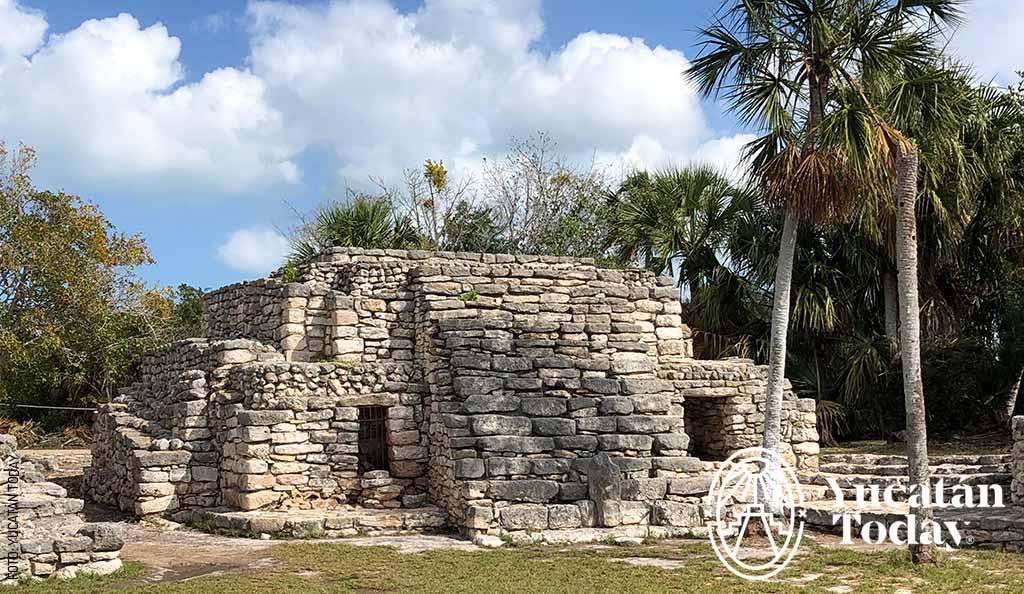 Xcambó’s economy was based on salt extraction and maritime trade. There is no evidence that Xcambó locals engaged in commercial fishing; everything they caught was for their own consumption. There is also no evidence that they fished in the open sea, as they only appear to have used canoes that were powered by paddlers.
Xcambó’s economy was based on salt extraction and maritime trade. There is no evidence that Xcambó locals engaged in commercial fishing; everything they caught was for their own consumption. There is also no evidence that they fished in the open sea, as they only appear to have used canoes that were powered by paddlers.
However, this does not mean that the Maya were not excellent fishermen. They used fishing hooks and nets with ceramic weights to catch fish that lived on the bottom of the sea, such as rays and sawfish. They also knew how to use harpoons and spears, as seen in the mural painting of the Fisherman's Temple in Mayapán, where a harpooned shark is depicted.
If you are familiar with the current Yucatán coast, you will know that there are no sharks here. However, the reality is that there used to be sharks. Evidence found in Xcambó indicates that until at least the 10th century, different species of sharks were abundant in the area. This indicates a healthy ecosystem that was far from being overexploited, as it currently is. Another animal that the Maya of Xcambó knew was the tropical seal, which became extinct in the 1950s.
What did the Maya in Xcambó eat?
According to research, the diet of the Maya people included a wide variety of foods, including vegetables they grew themselves, such as maize, beans, squash, chili peppers, and many other fruits and vegetables. However, the geographical location of Xcambó was unsuitable for agriculture due to its high salinity levels. This is why the Maya of Xcambó mainly consumed fish, reptiles, mammals, crustaceans, and birds. Over time, as the port grew and developed, studies of dental caries (cavities) in human remains found that the consumption of carbohydrates such as maize, honey, and cocoa also increased. Differences in the diet of men and women were also observed, probably due to their daily tasks: men consumed more protein, while women consumed more carbohydrates.
Now that you know more about Xcambó and its people, doesn’t that make you want to visit?
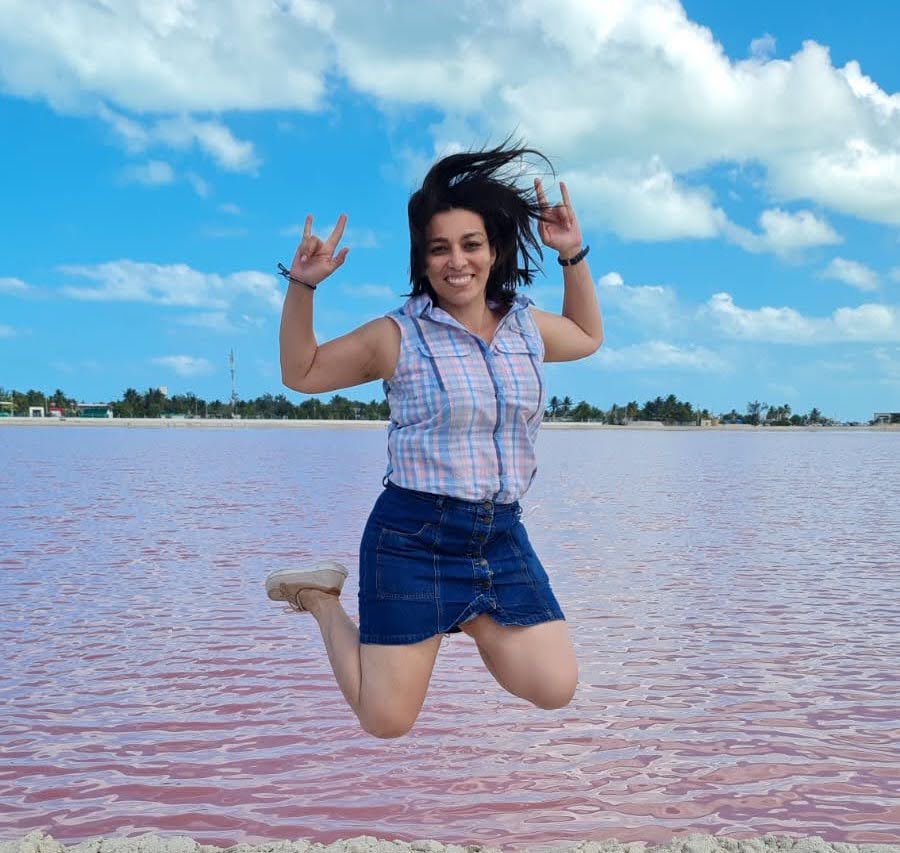
Author: Alicia Navarrete Alonso
As a kid I heard that there's more to see than can ever be seen and more to do than can ever be done, so I set out to try. I'm passionate about knowledge and I love to share whatever my own is.
Receive the latest articles and much more from the best of Yucatán in your email!
Related articles
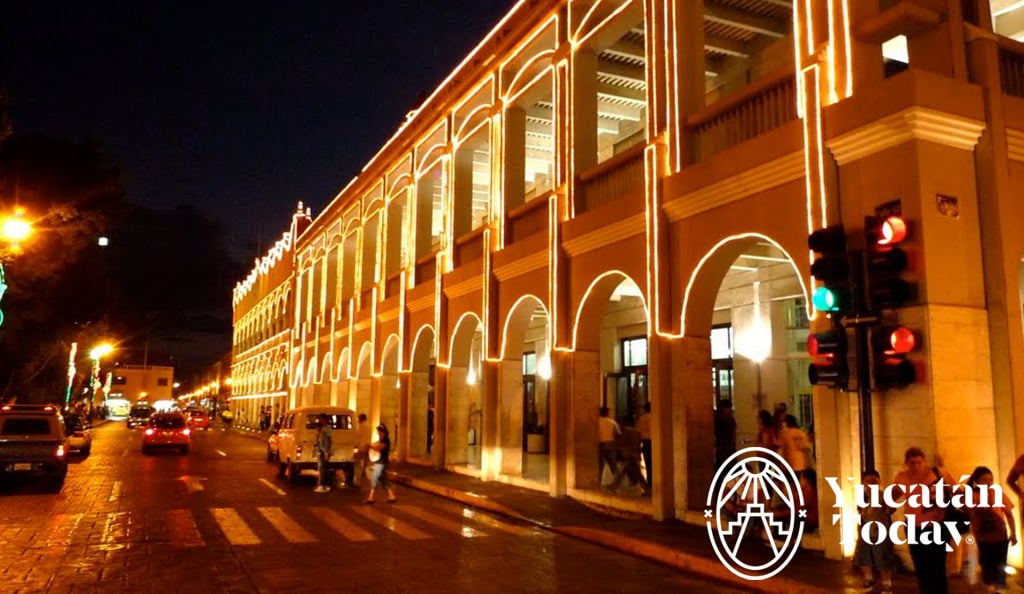
Centro Histórico de Mérida
Explore the rich colonial influence of Mérida's historic center with iconic landmarks like the Palacio de Gobierno and Catedral de San Ildefonso.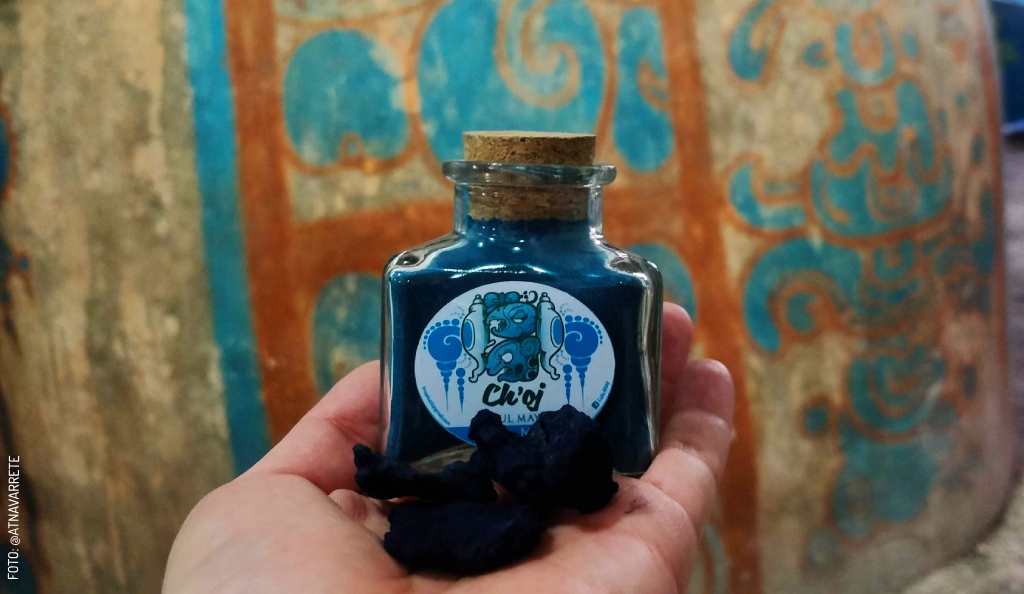
How is the Maya blue pigment made?
Get to know the fascinating process of creating the vibrant azul maya pigment in Yucatán, from its roots to its rediscovery by artist Luis May Ku.